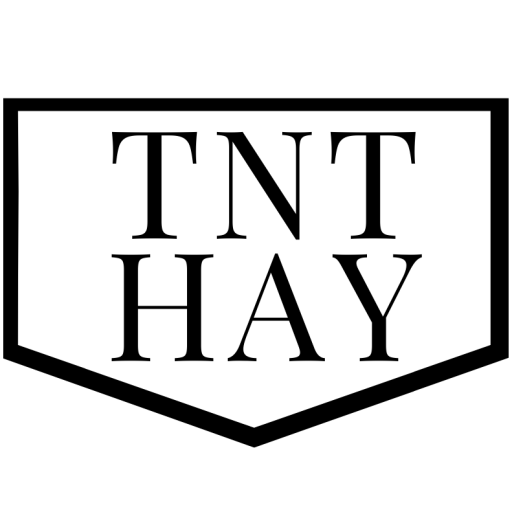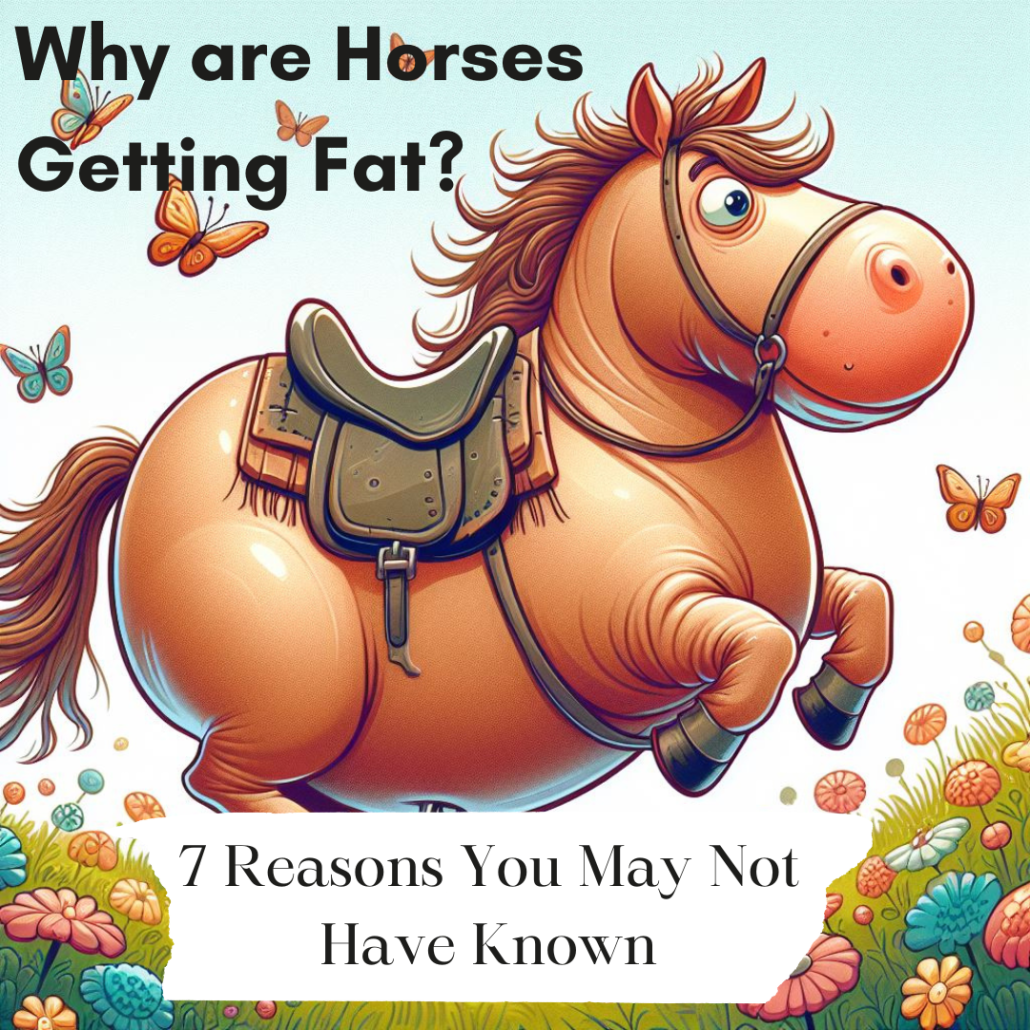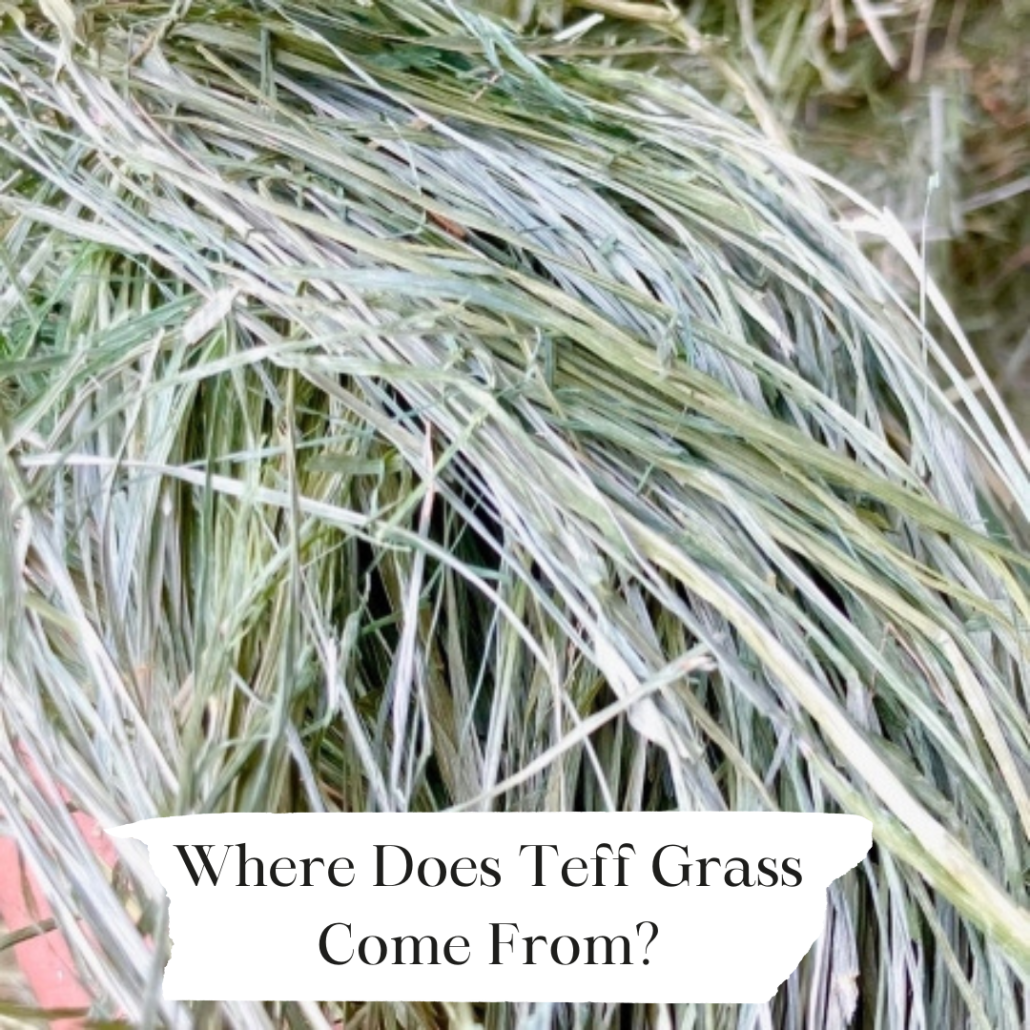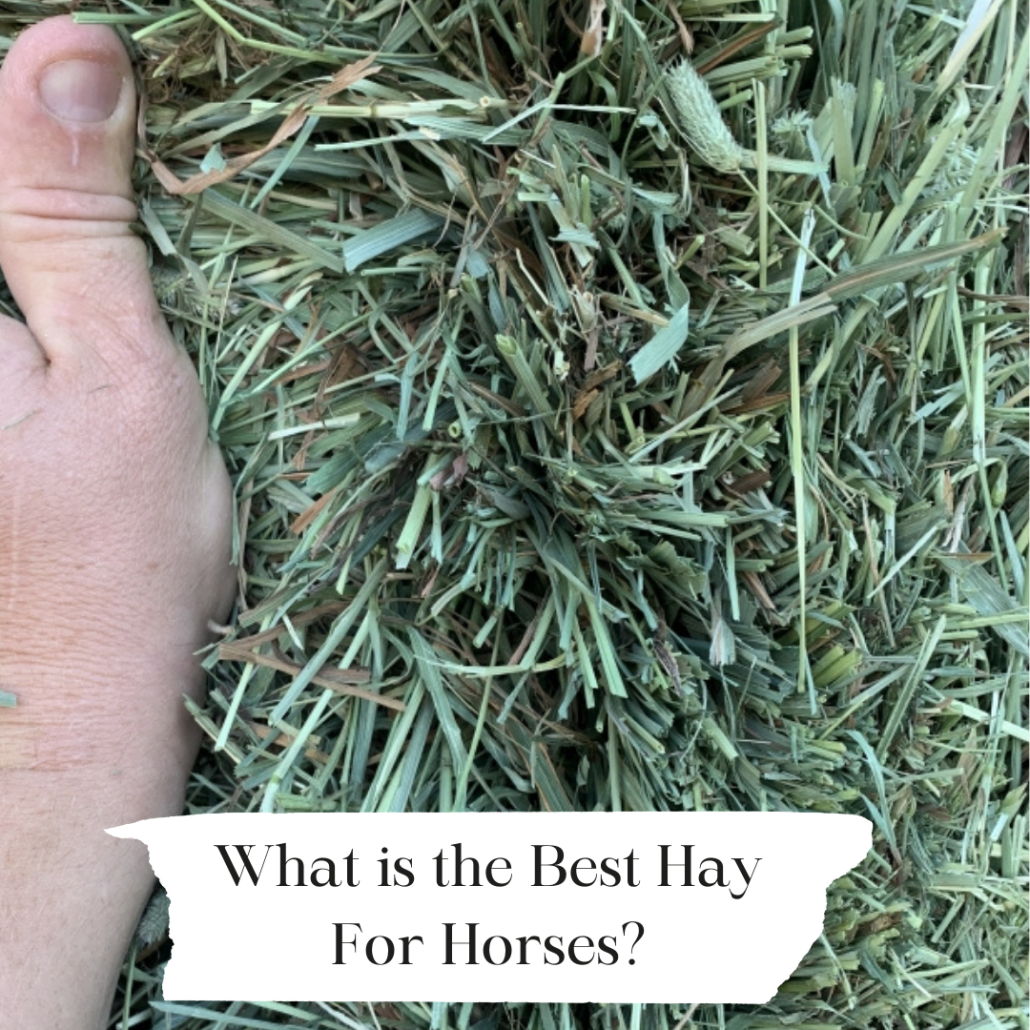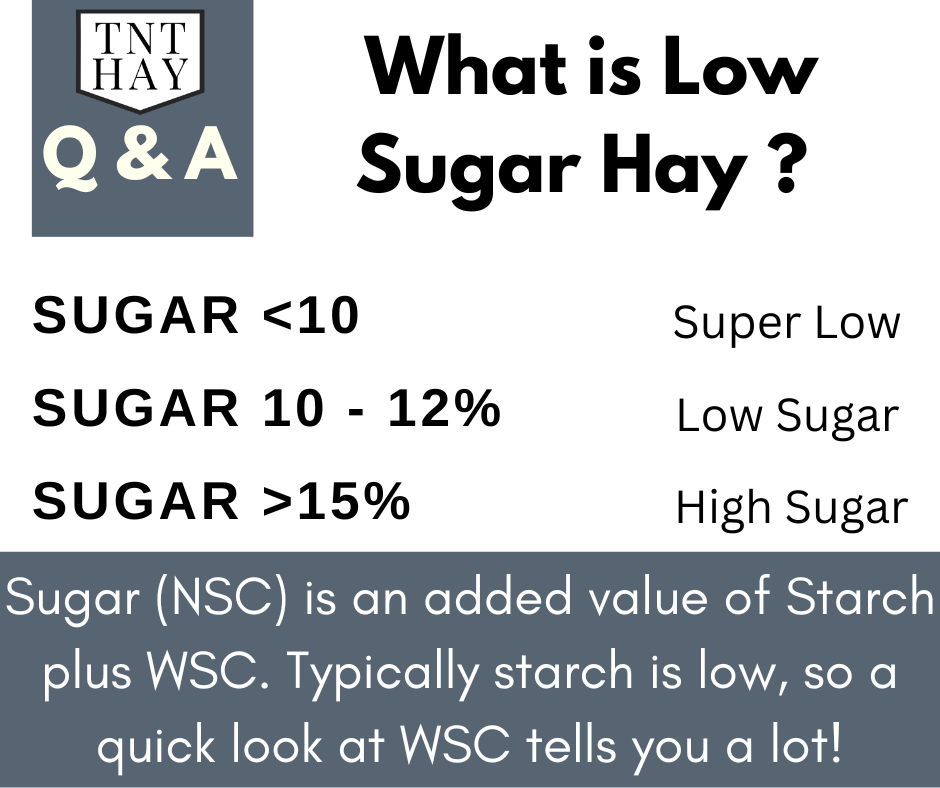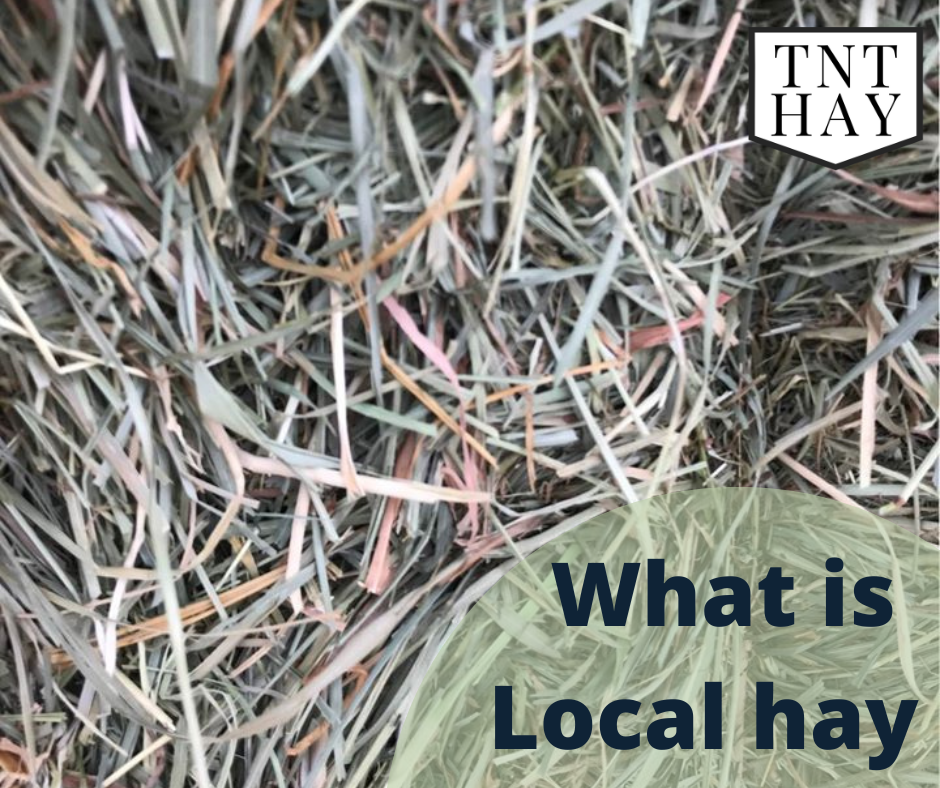Why are Horses Getting Fat?
7 Reasons You May Not Have Known!
- Overfeeding and Diet: Providing excessive amounts of feed, concentrates, or high-energy feeds without considering the horse’s workload or energy requirements can lead to weight gain. Diets high in sugars or starches (hays) can also contribute to weight issues, especially in horses prone to metabolic disorders.
- Limited Exercise: Reduced physical activity or inadequate exercise can lead to weight gain. Horses kept in stalls or confined areas without sufficient turnout or exercise opportunities may not burn enough calories, leading to excess weight.
- Type of Feed: Feeding high-energy feeds or excessive amounts of rich, calorie-dense feeds without considering the horse’s individual needs can contribute to weight gain. Some horses might also be more efficient at utilizing calories from their feed, making them prone to weight gain.
- Pasture Quality and Grazing Management: Lush pastures rich in sugars and nutrients can contribute to weight gain if horses have unrestricted access. Monitoring grazing time and using grazing muzzles can help control calorie intake.
- Metabolic Issues: Horses, especially certain breeds or individuals, may be predisposed to metabolic disorders like insulin resistance or equine metabolic syndrome, making them more susceptible to weight gain even on minimal feed.
- Lack of Dental Care: Dental issues can make chewing difficult, leading to reduced feed breakdown and absorption. This may cause horses to swallow larger food particles, impacting digestion and potentially leading to weight gain.
- Age and Health Conditions: Older horses or those with certain health conditions might have slower metabolisms, making it easier for them to gain weight. Additionally, certain medical issues or hormonal imbalances can contribute to weight gain in horses.
It’s crucial for horse owners to monitor their horses’ body condition regularly, provide appropriate nutrition tailored to individual needs, ensure adequate exercise, and consult with veterinarians or equine nutritionists to maintain their horse’s healthy weight. Implementing proper feeding practices, regular exercise, and health checks can help prevent and manage weight issues in horses.
Where Does Teff Grass Come From?
What is the Best Hay for Horses? 5 Reasons Why You Should Choose Timothy!
What is Low Sugar Hay?
What is Local Hay?
Grasses such as Fescue and Rye tend to be steamier and usually are harder to dry down (during Hay making process) so they are usually browner when in the bale. They also tend to be higher in sugar and lower in protein.
Why is hay so expensive?
Why is there mold growing on top of my hay?
Is Local Hay Worth the Cost?
